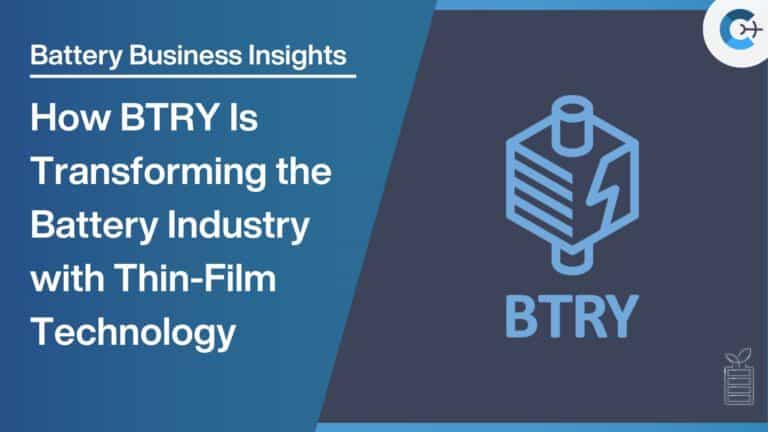Germany’s Fraunhofer Institute for Solar Energy Systems (ISE) has officially inaugurated its state-of-the-art Center for Electrical Energy Storage, marking a significant milestone in the country’s pursuit of a successful energy transition. Located in Freiburg’s Haid industrial area, the 3,700 square meter laboratory complex is poised to become a hub for international research and development in battery technology.
As a crucial component in the electrification of transportation, grid stabilization, and balancing green electricity fluctuations, battery storage systems require continuous innovation. Fraunhofer ISE’s research focus at the new center encompasses improving the sustainability, safety, and performance of these systems. This includes exploring alternatives to lithium, developing sustainable production processes, and investigating second-life uses and end-of-life recycling.
State-of-the-Art Facilities and Collaborative Research
The Center for Electrical Energy Storage boasts industry-oriented process equipment, unique facilities, and advanced characterization instruments, thanks to an €18 million investment from the Federal Ministry of Education and Research (BMBF) and the Baden-Württemberg Ministry of Economic Affairs, Labour and Tourism. Institute Director Prof. Hans-Martin Henning emphasized the center’s capacity for collaborative research with industrial partners, citing the development of materials, technologies, production processes, and applications with practical relevance.
The building itself serves as a “living lab” for research, featuring a modular hybrid battery storage system (836 kWh) and an 850 kW photovoltaic system. This setup enables the testing of battery-based solutions for commercial and industrial use, as well as intelligent load management strategies. Additional projects, such as the BMBF-funded “ecoLEPuS” fast-charging station with buffer storage, will explore second-life battery applications in high-performance contexts.
Addressing Germany’s Energy Transition Goals
With an estimated 300-800 GWh of stationary battery storage required in Germany by 2045, Fraunhofer ISE is tackling key challenges, including sustainable battery production and the development of alternative battery technologies, such as sodium-ion batteries. The institute’s research is crucial in reducing costs, increasing performance, and unlocking new applications for electrical energy storage systems. By investigating the entire value chain, from materials to operational management, scientists aim to enhance energy density, performance, cycle life, and charging behavior.
The new center’s advanced laboratory infrastructure, complete with sophisticated safety equipment, allows researchers to perform non-destructive tests and simulate explosions in specially designed test rooms. Dr. Daniel Biro, head of department, highlighted the importance of early defect detection and safety risk assessment, citing ongoing research into thermal runaway propagation in battery cells.
Source: Fraunhofer ISE
















